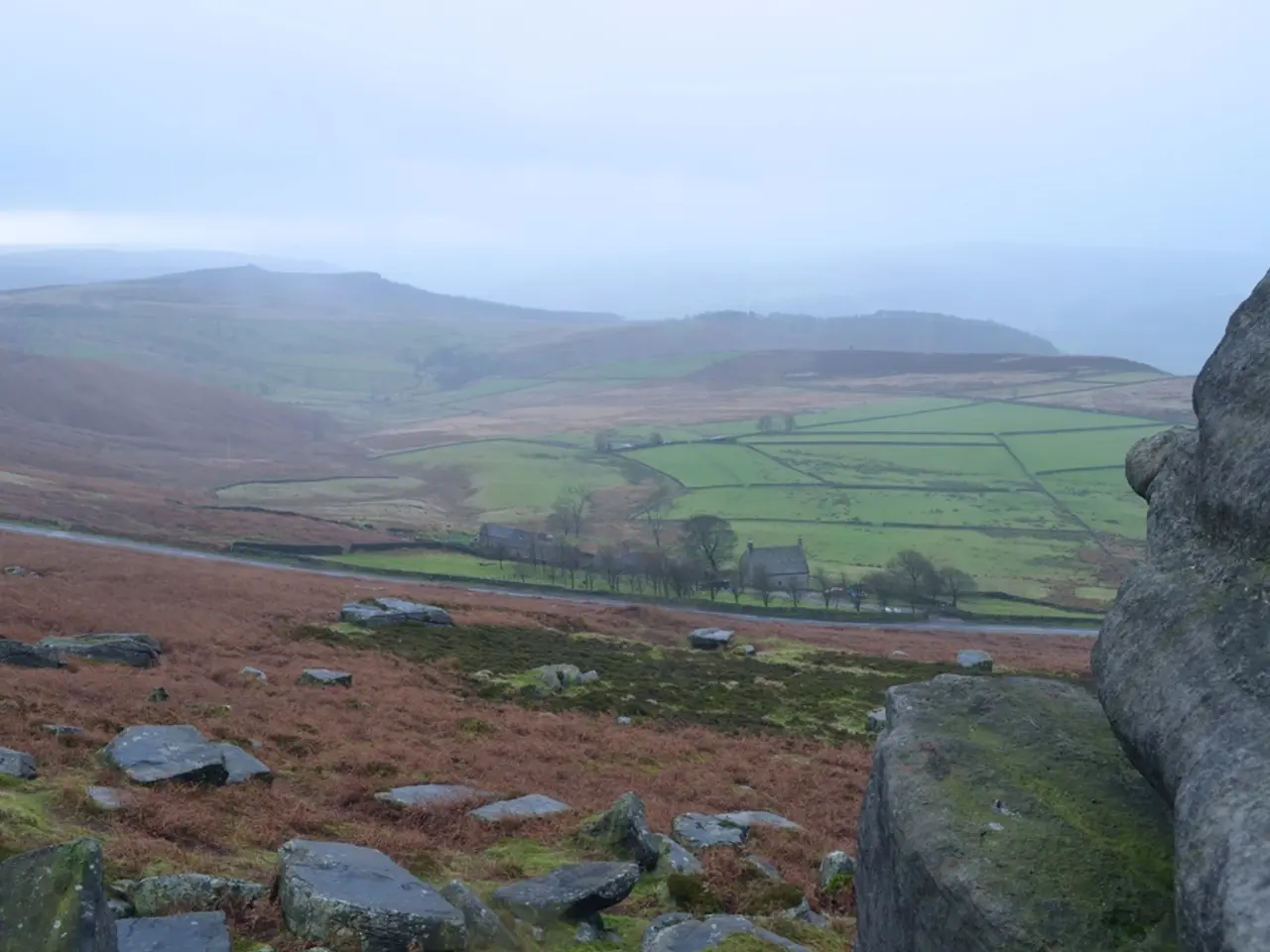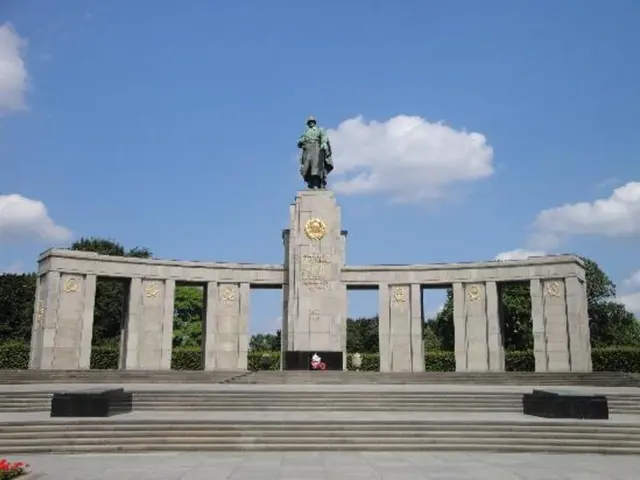Tourism Pioneers Sustainable Initiatives Worldwide
Tourism, a significant contributor to greenhouse gas emissions, is exploring innovative ways to promote sustainability and conservation. Initiatives worldwide illustrate how the industry can protect marine environments, support local communities, and empower local economies.
Song Saa Private Island in Cambodia and CopenHill in Copenhagen stand out as examples of tourism promoting marine conservation and urban sustainability. Meanwhile, Lapa Rios Lodge in Costa Rica and Three Camel Lodge in Mongolia show that hospitality can thrive alongside biodiversity conservation and community empowerment.
In Spain, 'España en Floración' and in Colombia, 'Turismo religioso', offer slower, more reflective forms of travel that support local economies and preserve biodiversity. These initiatives, along with the emerging alternatives to mass tourism like religious tourism and 'in bloom' travel, focus on meaning over motion and sustainability.
The Long Run Community, involving several countries, connects nature-based lodges worldwide committed to conservation, community, culture, and commerce. This initiative protects over 20 million acres of ecosystems. Projects like 'TUI Forest Kenya' and 'Fogo Island Inn' in Canada demonstrate how tourism can actively contribute to ecosystem regeneration and sustainable development.
As international tourist arrivals are projected to exceed 1.8 billion by 2030, the tourism industry is under increasing pressure to address its environmental impact. By embracing initiatives that promote sustainability and conservation, tourism can protect local ecosystems, support communities, and preserve cultural authenticity.






